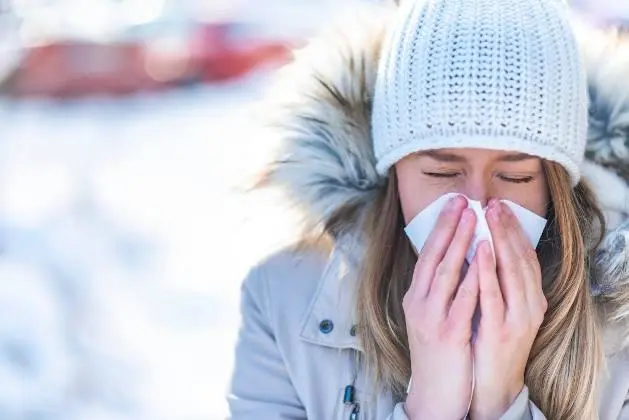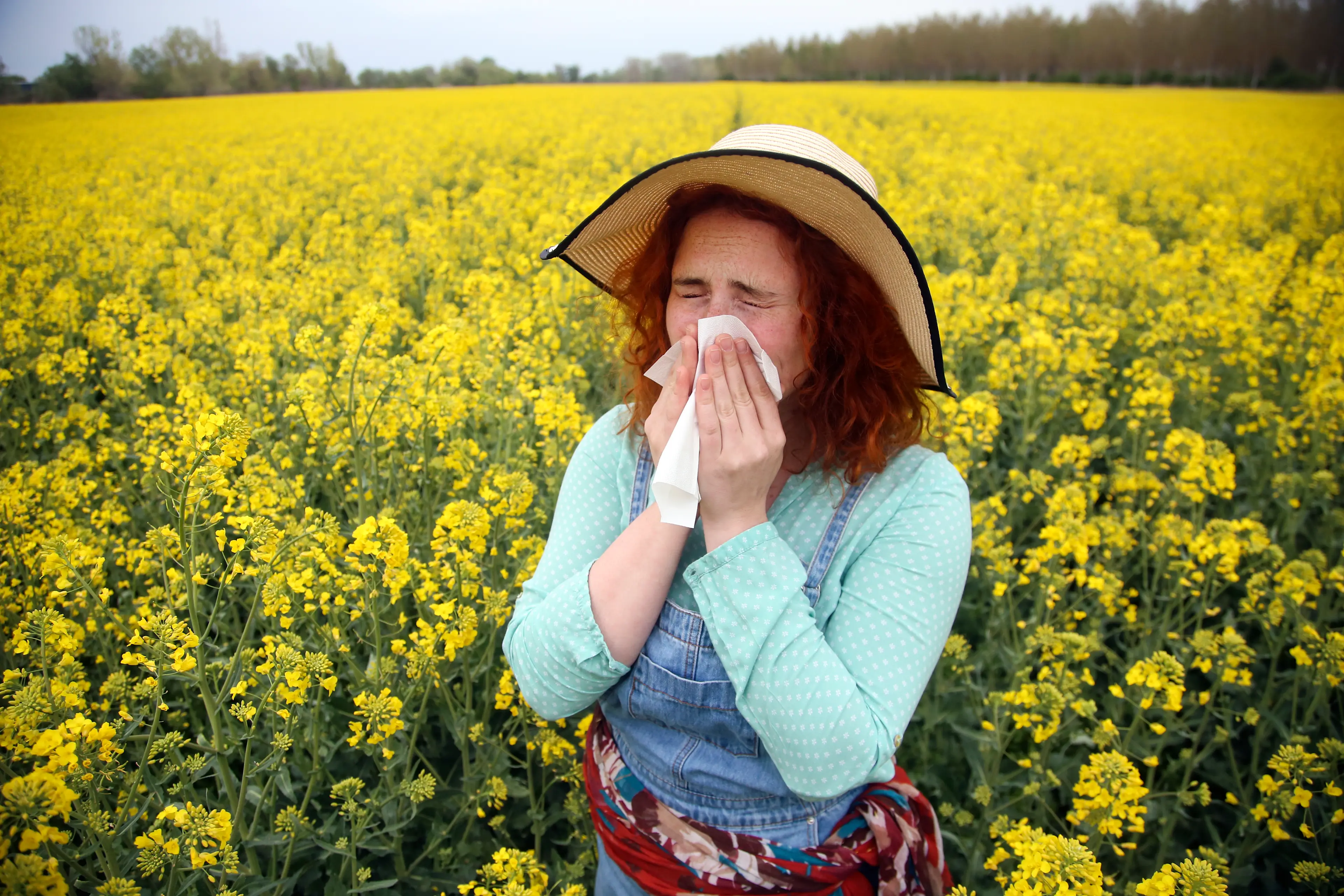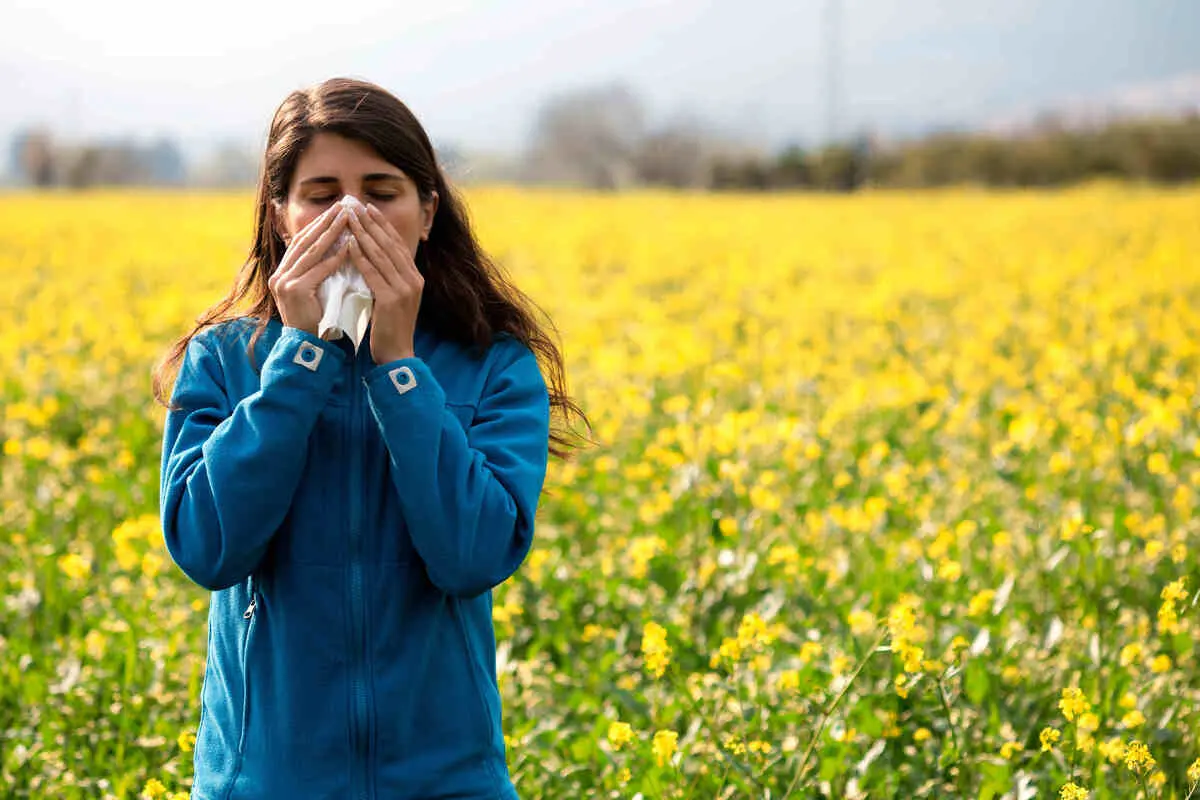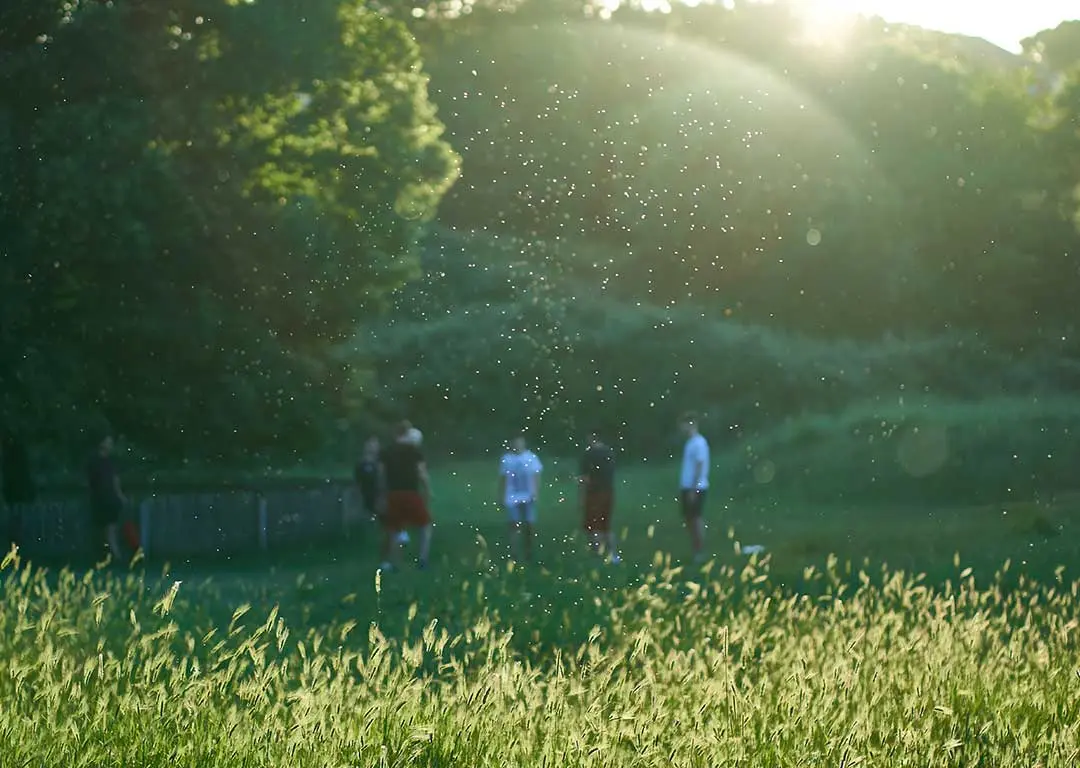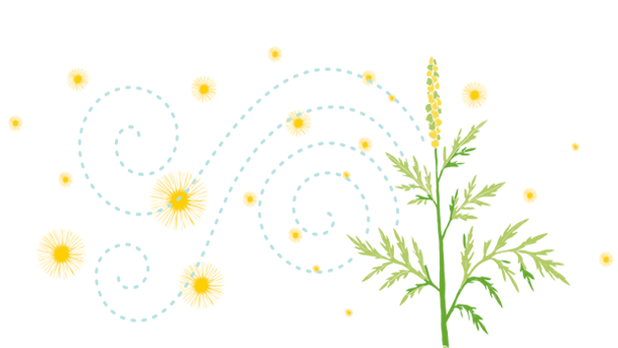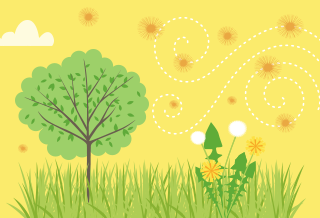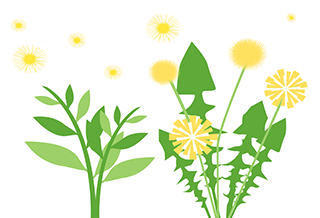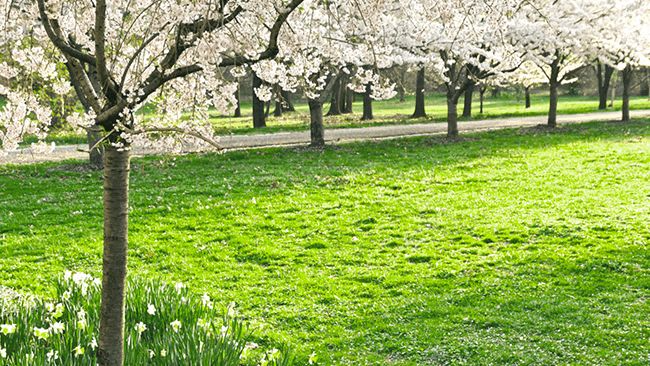
Spring
While spring1,2 brings the pleasure of watching fresh blossoms and blooms, it also indicates the start of allergy season. Tree pollen is small and light, and easily spread by the wind, even large distances. It can begin affecting sufferers as early as the winter, but typically picks up from mid-March to mid-June. The exact time of pollination can vary based on location as well as the particular weather conditions of the given year.
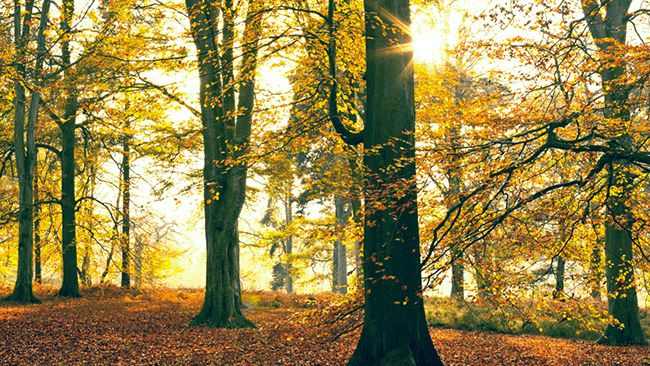
Fall
When the leaves start to change color and you feel a nip in the air, the main allergy trigger is weed pollen, specifically ragweed. In Canada, ragweed season can stretch from mid-August up until the first frost, so unfortunately, fall does not guarantee respite from allergy season.1
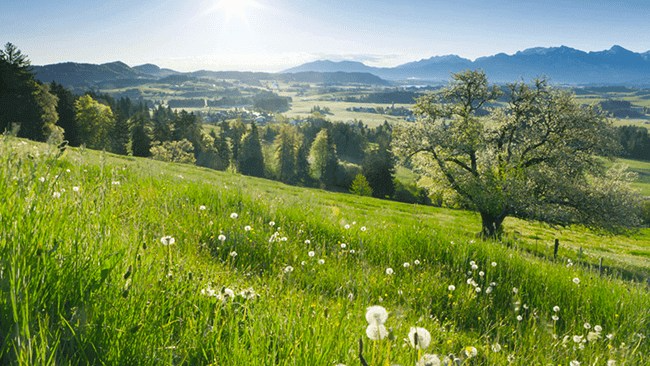
Summer
Summer may be great for swimming and going to the beach but if you’re not near the beach, hot, dry days tend to make allergies worse. The main culprit during the warmer months is grass. Remember to shower and change when coming indoors because grass pollen can be brought inside by people and pets.

Winter
During colder winter months, we tend to spend more of our time indoors. Unfortunately, some allergens are also indoors. Outdoors, pollen levels are lower than usual, although airborne mold spores could still trigger allergy symptoms.
